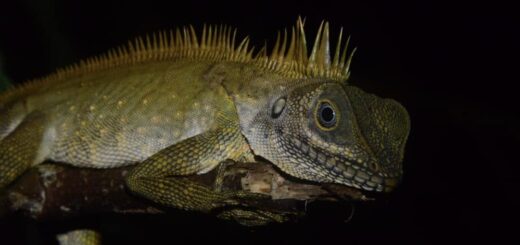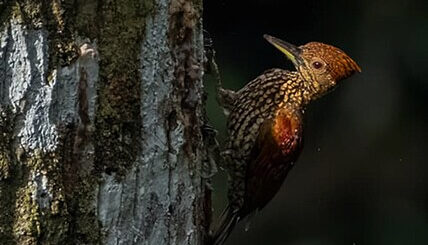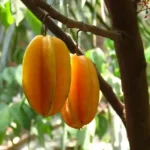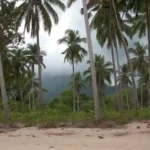Sierra Madre Mountain Range – The Backbone of Luzon
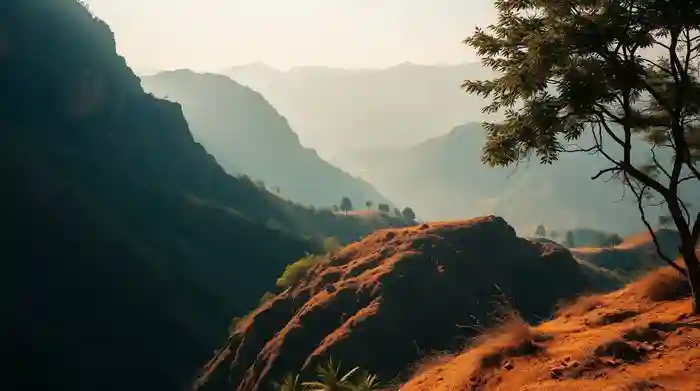
When we talk about natural wonders that silently protect and sustain life, the Sierra Madre Mountain Range stands tall, literally and symbolically. Often called the “Backbone of Luzon,” this majestic mountain range runs from the province of Cagayan in the north down to Quezon in the south, forming the longest mountain range in the Philippines.
Yet beyond its dramatic landscapes and biodiversity, Sierra Madre plays a critical role in the lives of millions of Filipinos. In this blog, we delve into the geographical, ecological, and cultural significance of Sierra Madre, and why its conservation is a matter of national urgency.
Geographic Overview 📍
Sierra Madre Length: Approximately 500+ kilometers
Coverage: Stretches across 10 provinces in Luzon, including:
- Cagayan
- Isabela
- Nueva Vizcaya
- Quirino
- Aurora
- Nueva Ecija
- Bulacan
- Rizal
- Laguna
- Quezon
This sprawling range forms a natural barrier between the Pacific Ocean and the central Luzon plains. It acts as a crucial dividing line that influences climate, protects inland communities, and supports various ecosystems.
Sierra Madre Mountain Range Ecological Significance 🌳
1. Biodiversity Hotspot
Sierra Madre is home to some of the richest biodiversity in Southeast Asia. It harbors thousands of species of flora and fauna, many of which are endemic or endangered.
Endemic species include:
- Philippine Eagle (Pithecophaga jefferyi)
- Luzon bleeding-heart pigeon
- Sierra Madre forest monitor lizard
Flora highlights:
- Dipterocarp trees (valuable hardwood)
- Rafflesia (one of the largest flowers in the world)
2. Watershed and Freshwater Source
The mountain range contains vital watershed areas that feed major rivers such as:
- Cagayan River
- Pampanga River
- Umiray River
- Kaliwa River
These water sources irrigate vast agricultural lands, supply hydroelectric power, and provide drinking water to millions, including Metro Manila.
The Natural Barrier Against Typhoons 🌪️
One of Sierra Madre’s most crucial roles is acting as a “natural shield” against typhoons that originate in the Pacific Ocean.
How it works:
- The mountain range disrupts the path and intensity of storms as they make landfall, significantly reducing wind speed and rainfall before reaching densely populated areas like Metro Manila and Central Luzon.
Without Sierra Madre, typhoons would wreak far greater havoc, potentially causing larger-scale flooding, destruction, and loss of life.
Cultural and Indigenous Significance 🏞️
The mountain range is not just an ecological treasure; it is also a cultural haven. Indigenous groups like the Agta, Dumagat, and Remontado have lived in harmony with the land for generations.
- Traditional knowledge: These communities possess deep ecological wisdom, practicing sustainable hunting, gathering, and farming.
- Cultural identity: Their way of life is inextricably linked to the forest, with spiritual beliefs, oral traditions, and rituals centered around nature.
The preservation of Sierra Madre is also a fight to preserve indigenous cultures and ancestral domains.
Threats to Sierra Madre ⚠️
Despite its undeniable value, Sierra Madre faces escalating threats:
1. Deforestation
- Illegal logging
- Slash-and-burn farming
- Infrastructure development
2. Mining and Quarrying
- Large-scale and small-scale mining activities have caused soil erosion, siltation of rivers, and habitat destruction.
3. Mega Infrastructure Projects
- The controversial Kaliwa Dam Project, intended to supply water to Metro Manila, poses a direct threat to biodiversity and indigenous communities.
4. Climate Change
- Rising temperatures and erratic weather patterns disrupt ecosystems, increase landslide risks, and strain water resources.
Sierra Madre Mountain Range Conservation Efforts and What You Can Do 🌱
Ongoing initiatives:
- Protected Area Declarations: Portions of the range have been declared protected (e.g., Northern Sierra Madre Natural Park).
- Community-led conservation: Indigenous peoples and local NGOs continue grassroots efforts to defend the land.
- Environmental campaigns: Movements like “Save Sierra Madre” have raised awareness against harmful projects like Kaliwa Dam.
How you can help:
- Support eco-tourism and responsible travel
- Join reforestation or clean-up drives
- Advocate for stronger environmental laws
- Donate to or volunteer with local environmental groups
- Stay informed and raise awareness on social media
Sierra Madre Mountain Range 🌄
The Sierra Madre is more than a mountain range—it’s a lifeline. It protects our communities from disaster, nourishes our farms and forests, and shelters a treasure trove of biodiversity. It’s home to ancient cultures and serves as a vital ecological backbone for the entire island of Luzon.
But its continued survival is not guaranteed.
Protecting Sierra Madre means protecting ourselves. The time to act is now—before this silent guardian can no longer stand for us.
Sierra Madre Facts 📸
- The name Sierra Madre means “Mother Mountain Range” in Spanish.
- The Philippine Eagle, one of the rarest eagles in the world, was spotted nesting in the Sierra Madre as recently as 2023.
- The highest point is Mount Guiwan in Nueva Vizcaya, with an elevation of approximately 1,915 m (6,283 ft).
- Superb biodiversity includes over 3,000 plant species (with 58% endemic), and numerous animal species—300 bird species, plus mammals, reptiles, and amphibians unique to the region
- Home to endangered and iconic fauna such as the Philippine Eagle, giant golden-crowned flying fox, Isabela oriole, Philippine crocodile, and dugong, especially within the Northern Sierra Madre Natural Park, the largest protected area in the country
References:
https://en.wikipedia.org/wiki/Sierra_Madre_(Philippines)


